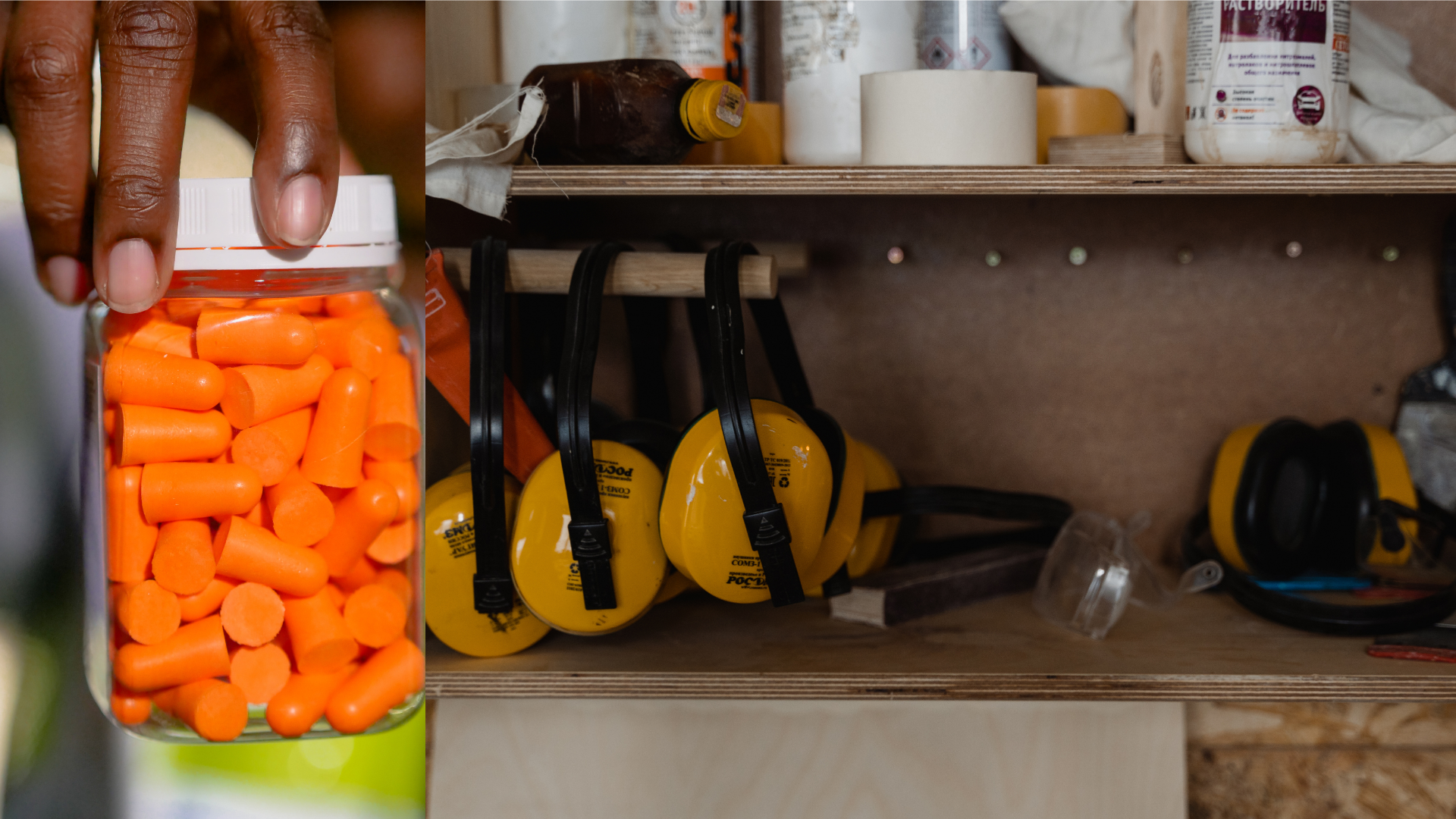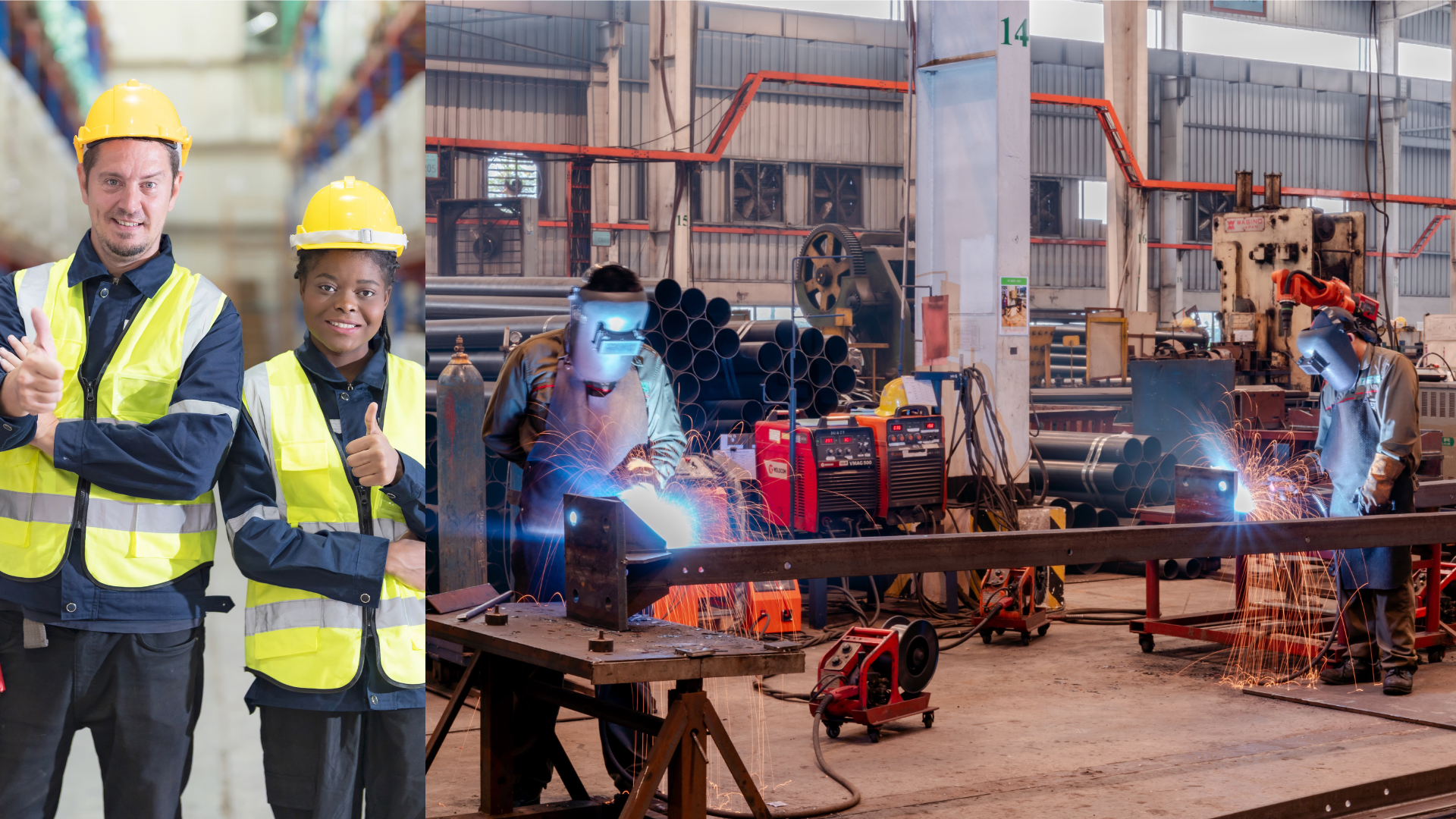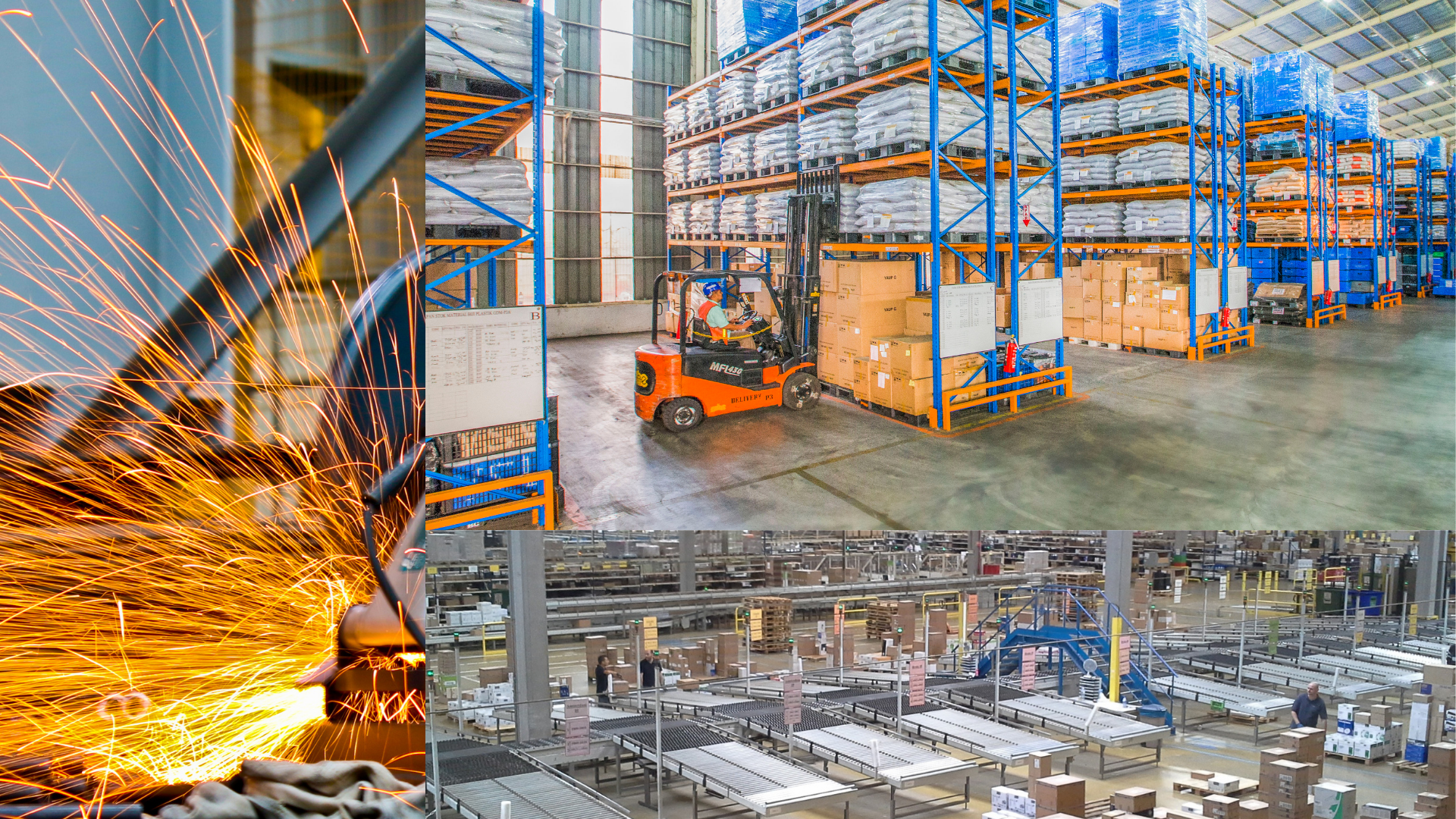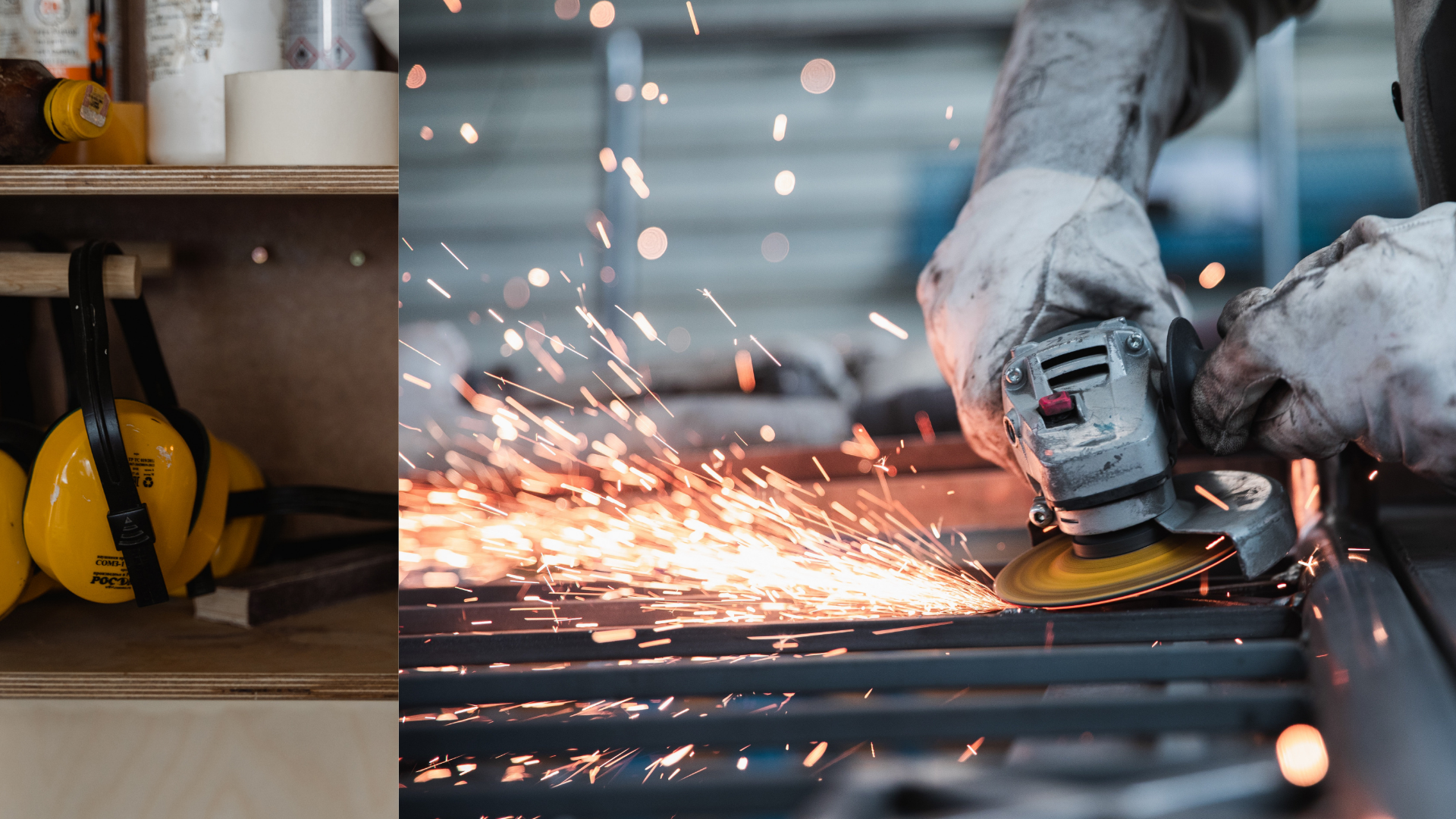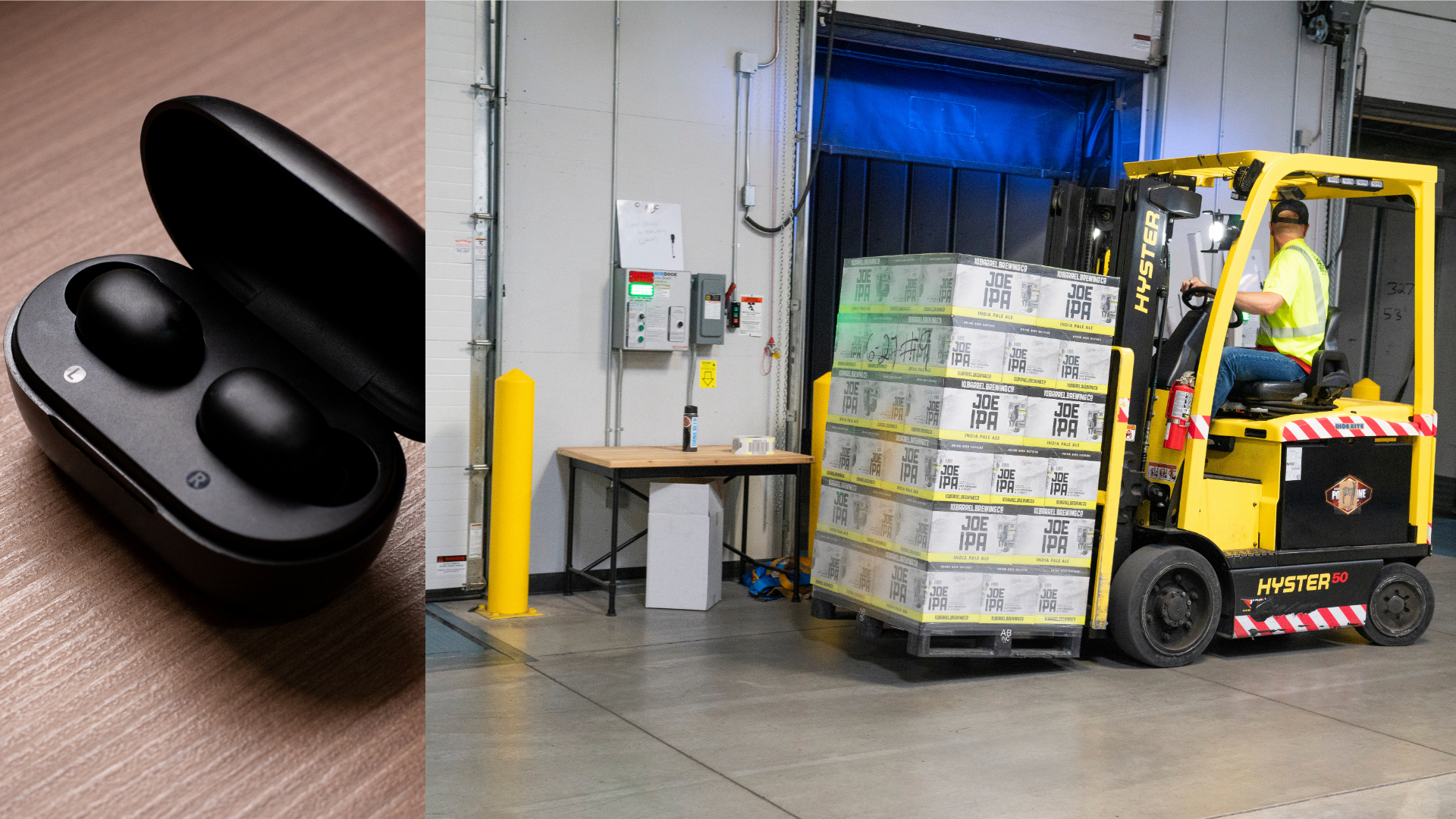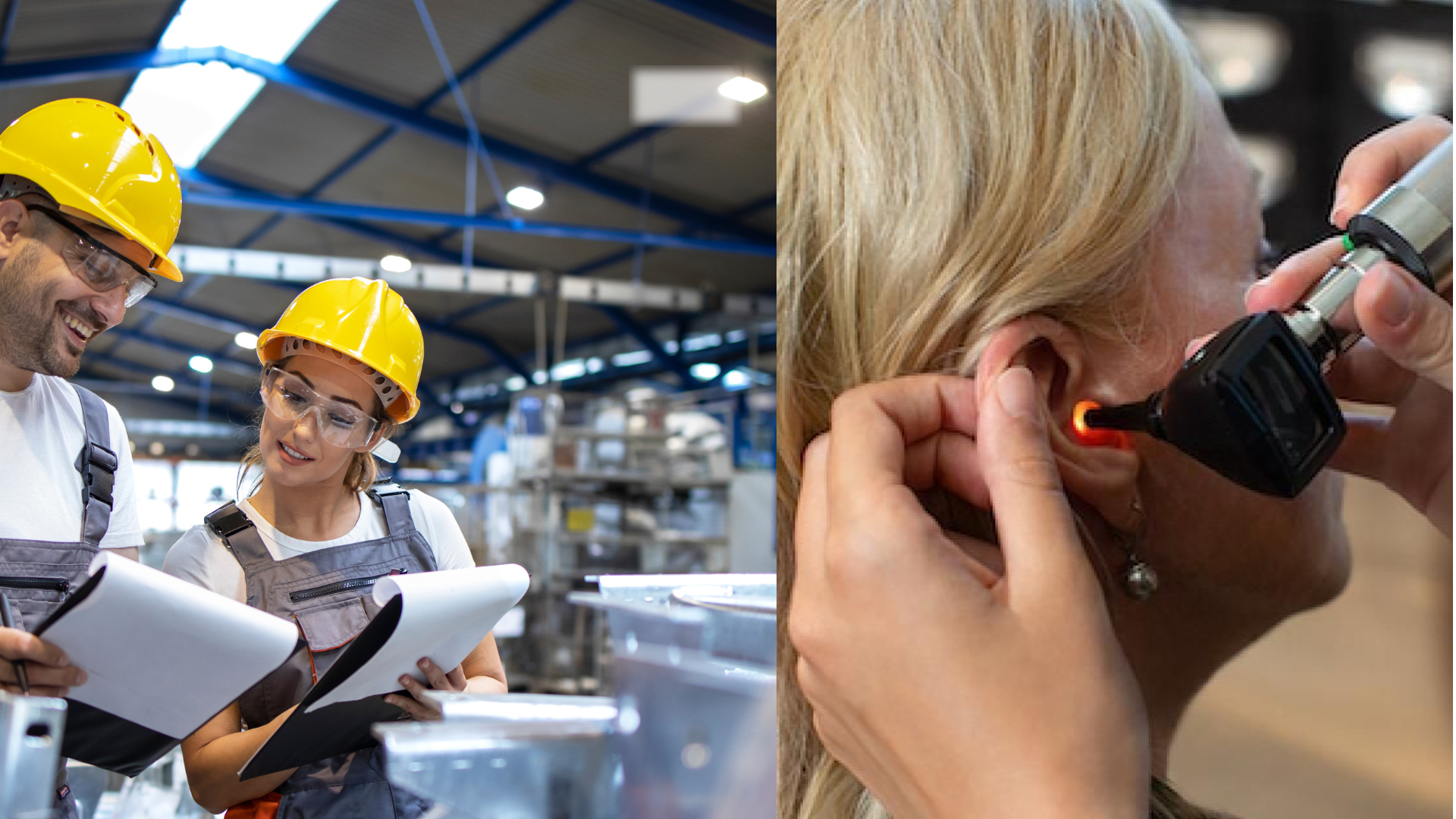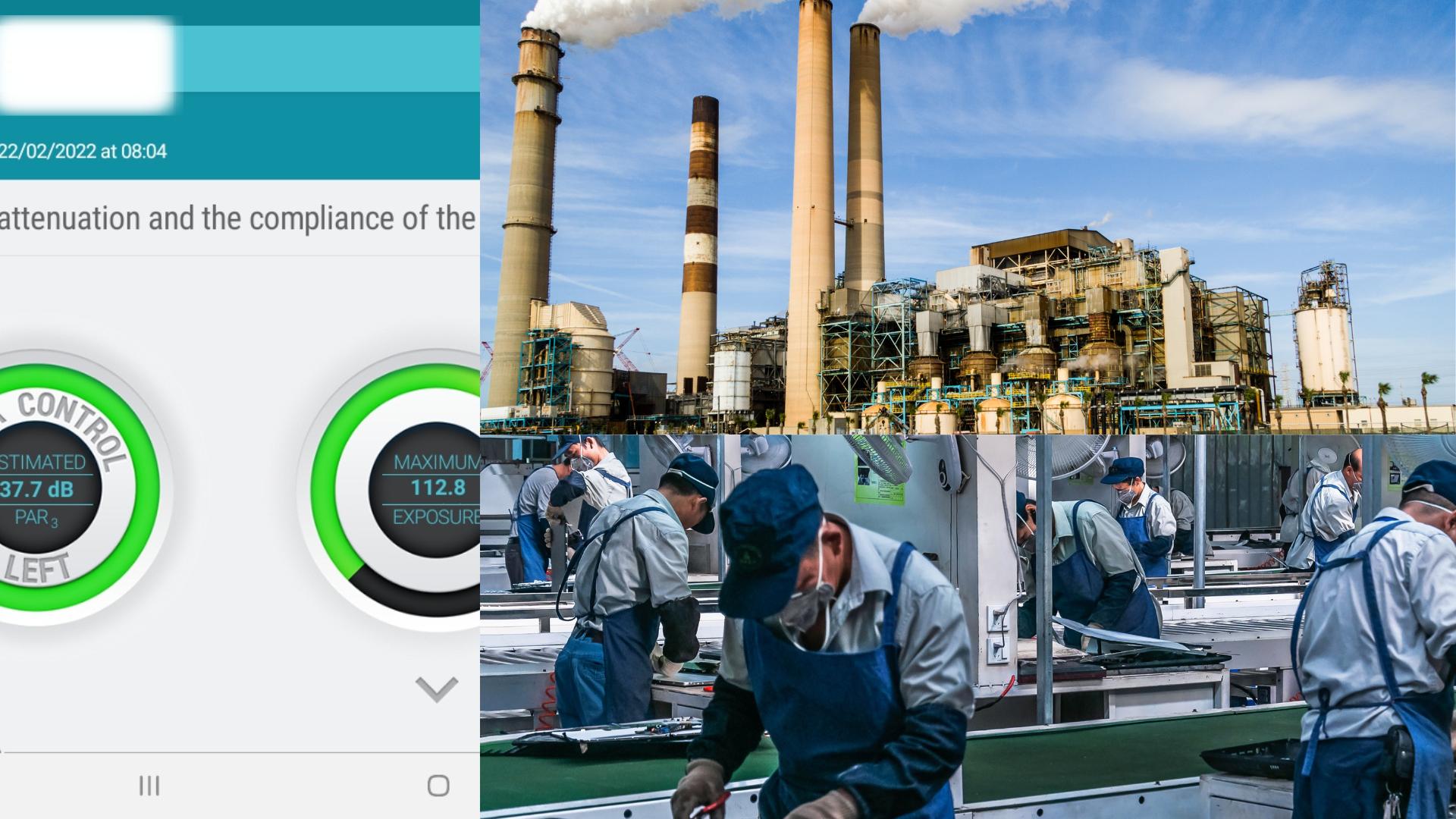3 Essentials to Increase Your Workforce’s Hearing Safety
Is your job site a noisy place? Do you work with heavy machinery, power tools, or any other excessively noisy equipment? When it comes to workplace safety, every employer needs to be aware of the dangers to their worker’s hearing safety , take steps to protect their hearing, and invest in industrial hearing protection. As an employer, you need to learn about the costs of workplace injury, and follow the 3 essentials to increasing your workforce’s health and hearing safety.
The Cost of Workplace Injury
One of the costs of running a business are the costs of keeping your employees safe on the jobsite, and the Occupational Safety and Health Administration (OSHA) has strict guidelines all employers must follow. Research shows that workplace injury costs more than $170 billion every year! These costs can be from reduced productivity, fines, fees, and medical bills. In fact, the costs related to workplace injury can account for 6 to 9% of the project’s cost! However, if your business implements the recommended health and safety programs, this drops to just 2.5%. It pays to plan ahead, invest in your employees health, and increase their hearing safety.
1: Education
Your first line of defense against workplace hearing loss is proper education. Your workers risk developing permanent and severe hearing loss due to workplace activities, and you could find yourself liable for their hearing loss. Mandate training and education sessions so all of your employees are aware of the risks to their hearing health, and know what steps they can take to protect their hearing. Encourage them to wear hearing protection at all times when at work, and also stress the importance of wearing hearing protection during noisy leisure activities such as music concerts, sports events, or when visiting the shooting range.
2: Changes to the Workplace
One effective way to protect your employees hearing is to make changes to the workplace to distance your employees from unnecessary noise. This can be through placing loud equipment as far away from your staff as possible, or mandating rest periods so your employees have a chance to get away from the noise for a few minutes throughout the day.
3: Wearing Hearing Protection
If you can’t create more distance between your workers and the source of the noise, you need to provide your employees with industrial hearing protection. Hearing loss due to exposure to excessive noise is totally preventable, so safeguard the hearing of all your staff members. How do you know when your staff should be wearing hearing protection? If you have to yell to be heard by the person standing next to you, the jobsite is dangerously loud, and you should all be wearing industrial hearing protection.
You can provide your staff with foam earplugs, but if your workplace is extremely loud, we recommend that you invest in industrial hearing protection, such as earmuffs or digital hearing protection. These are a favorite among employees, since they don’t block soft sounds from reaching your ears, and you’ll be able to hear coworkers without removing the ear protection. This means that when loud noises start again you won’t have to fumble with earplugs, but can comfortably leave the hearing protection in your ears the entire day.
How Anadyne Can Help You
Improving your employees hearing conditions protects their hearing, and actually increases productivity, since your staff will be able to communicate effectively. An initial investment will translate into far lower health care costs, and fewer workplace injuries. Want to make sure you’re doing the right think for your employees hearing health? Anadyne performs comprehensive, onsite hearing screening, so you can ensure you’re following OSHA guidelines without decreasing productivity or disrupting your work day.
We’ll come to you, and will schedule tests at the times that are the most convenient for you. We know the ins and outs of OSHA mandated hearing testing and compliance , and we can provide training to your employees as well as recommending sound engineering that will save your employees hearing. When it comes to wearable hearing protection, we have a wide selection of industrial hearing protection from standard earplugs to custom ear protection that you and your staff will love.
The post 3 Essentials to Increase Your Workforce’s Hearing Safety appeared first on Anadyne.

